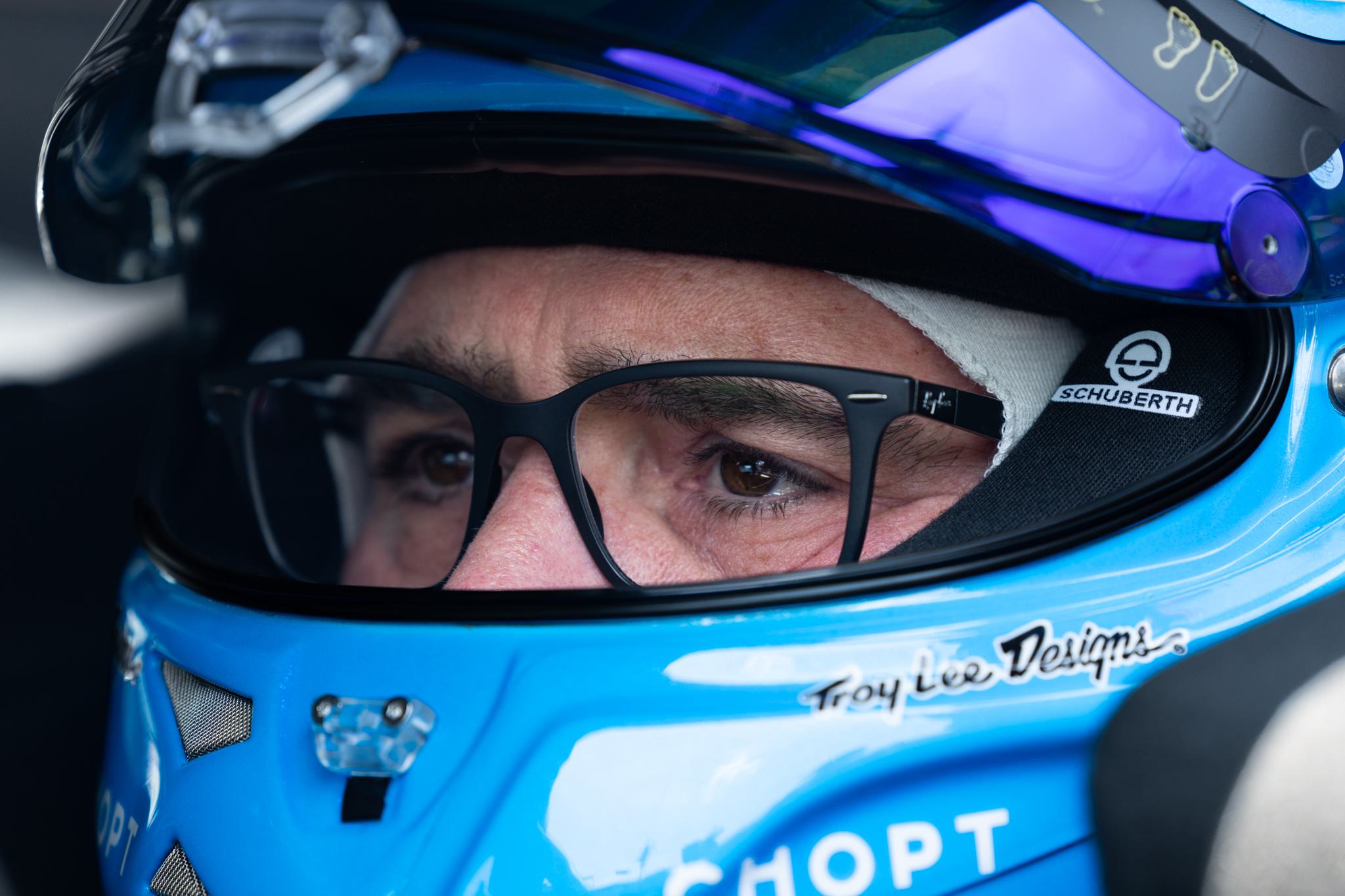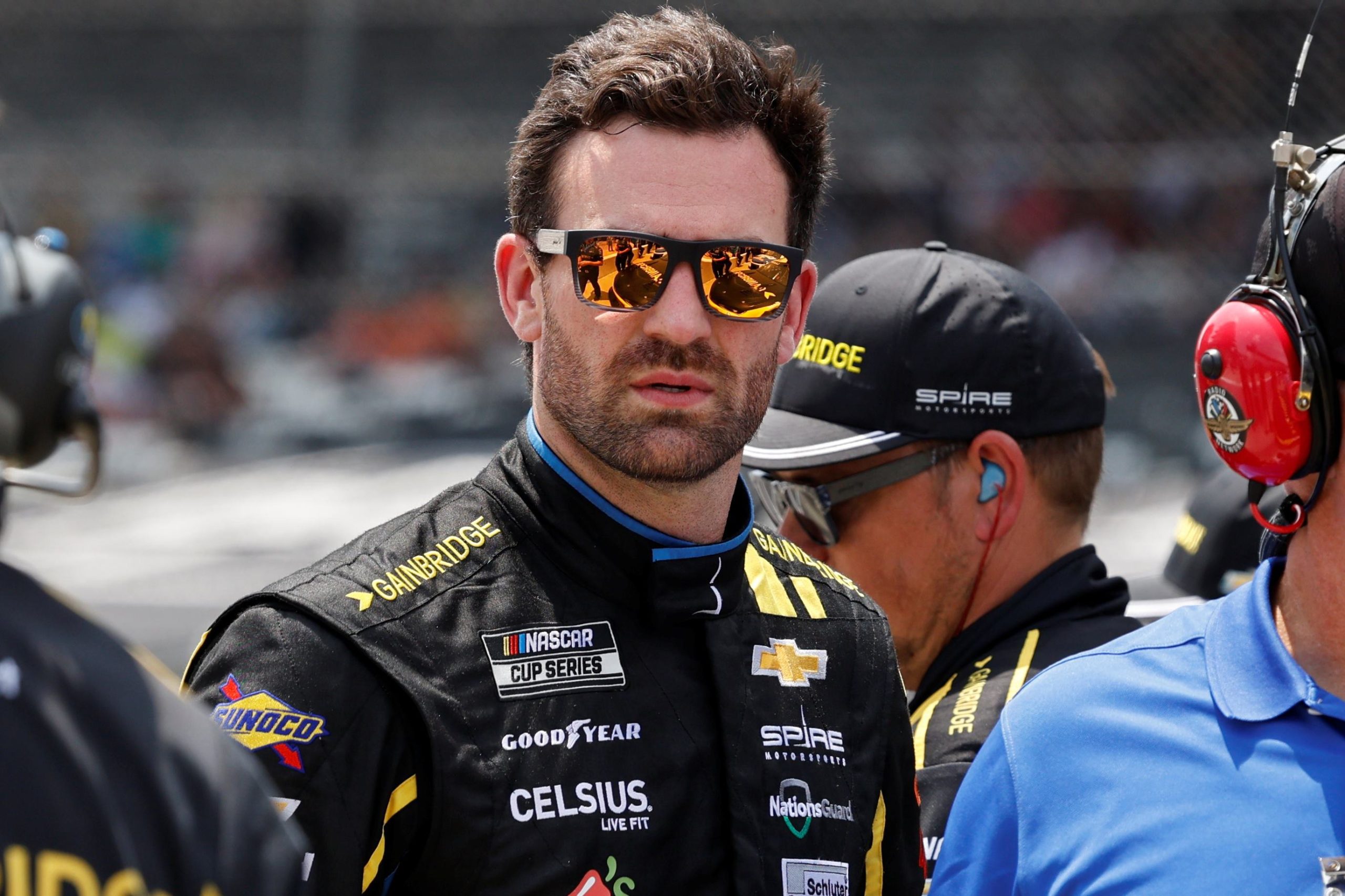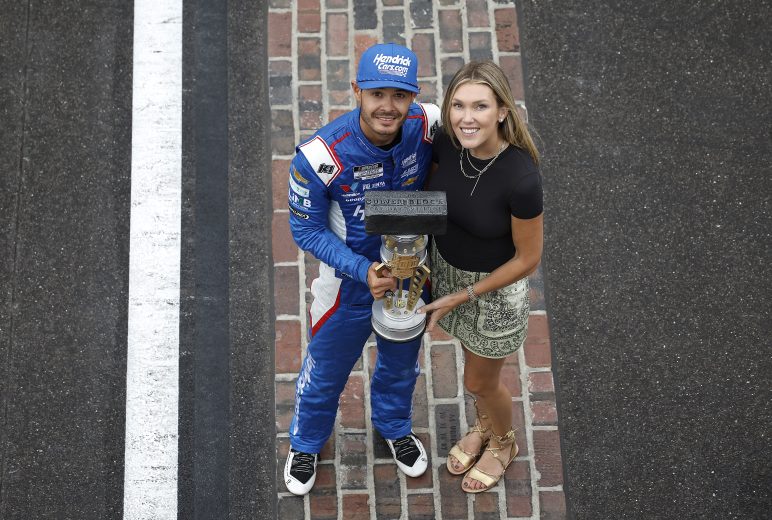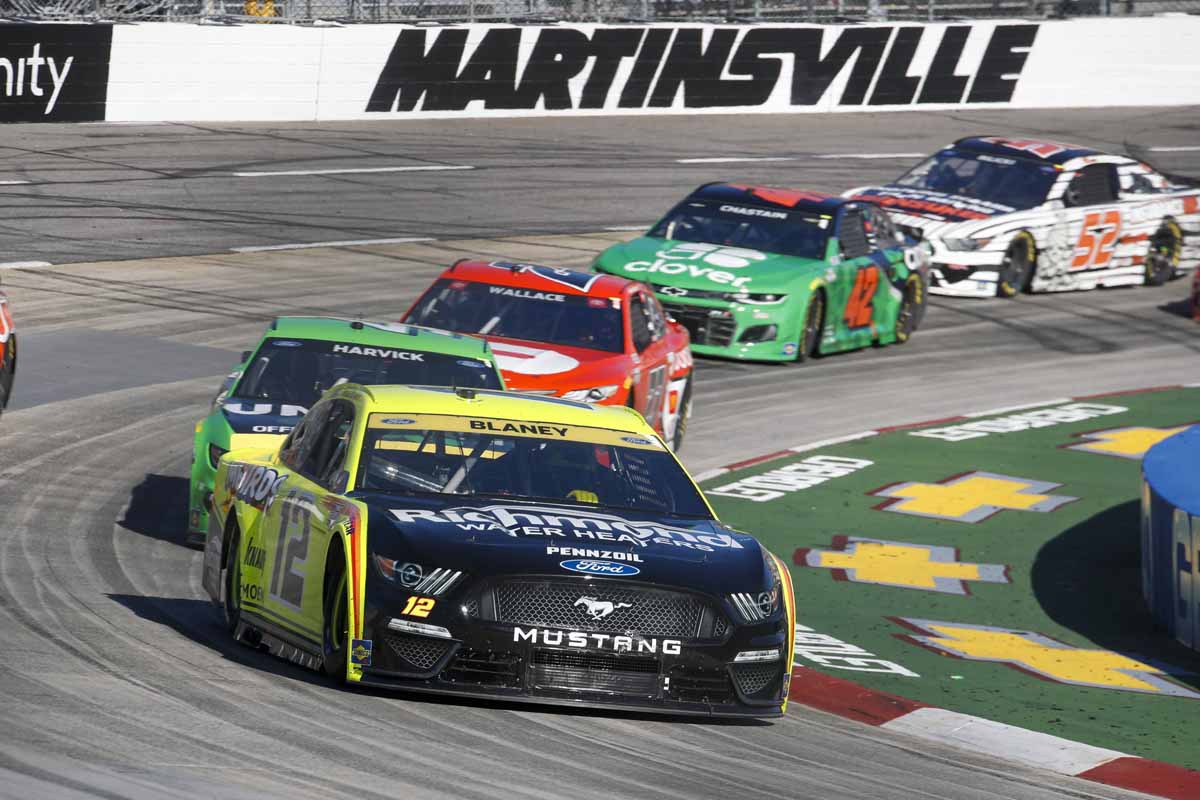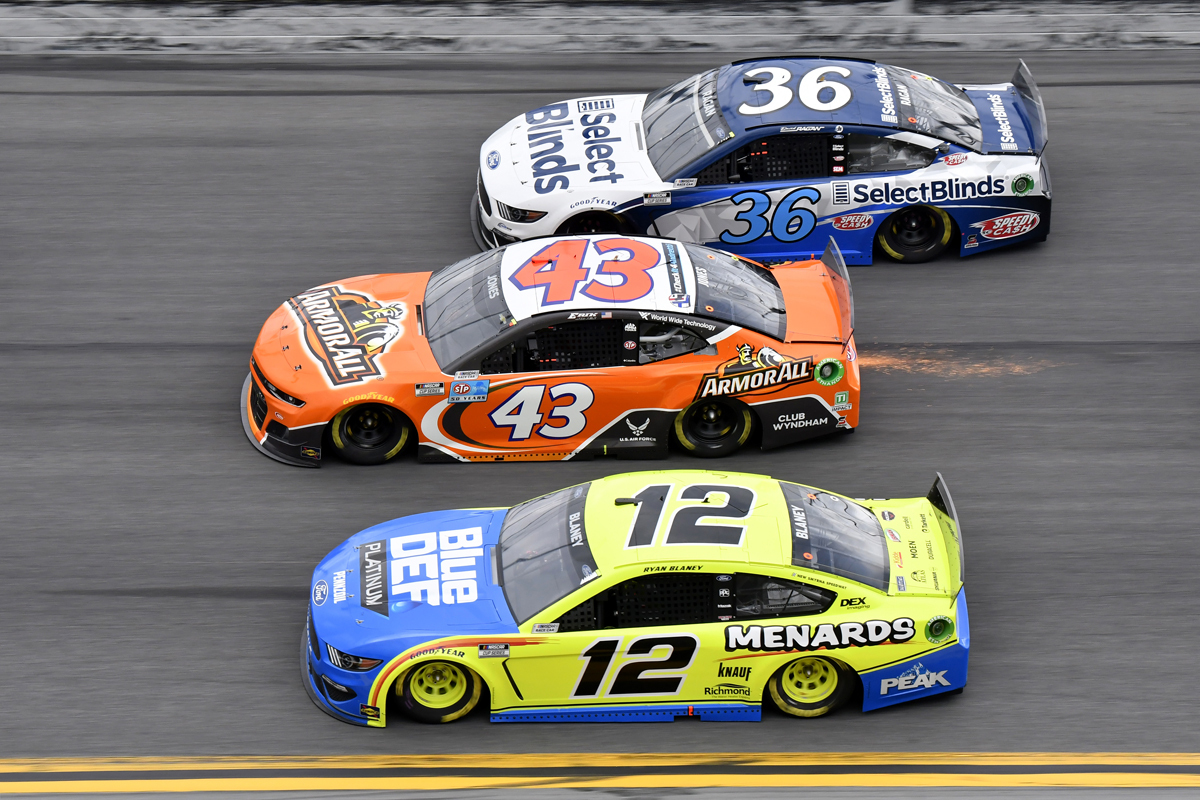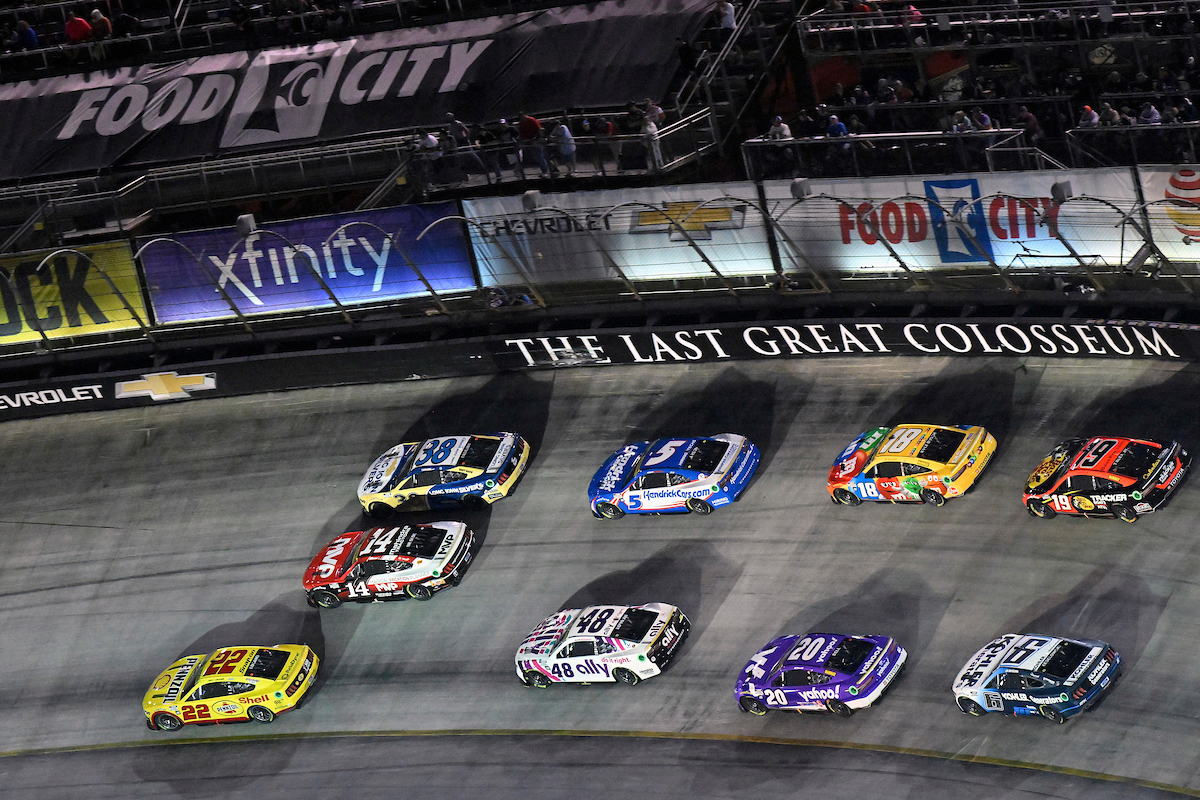How Fast Do They Go at Daytona 500? Unveiling Top Speeds and Records
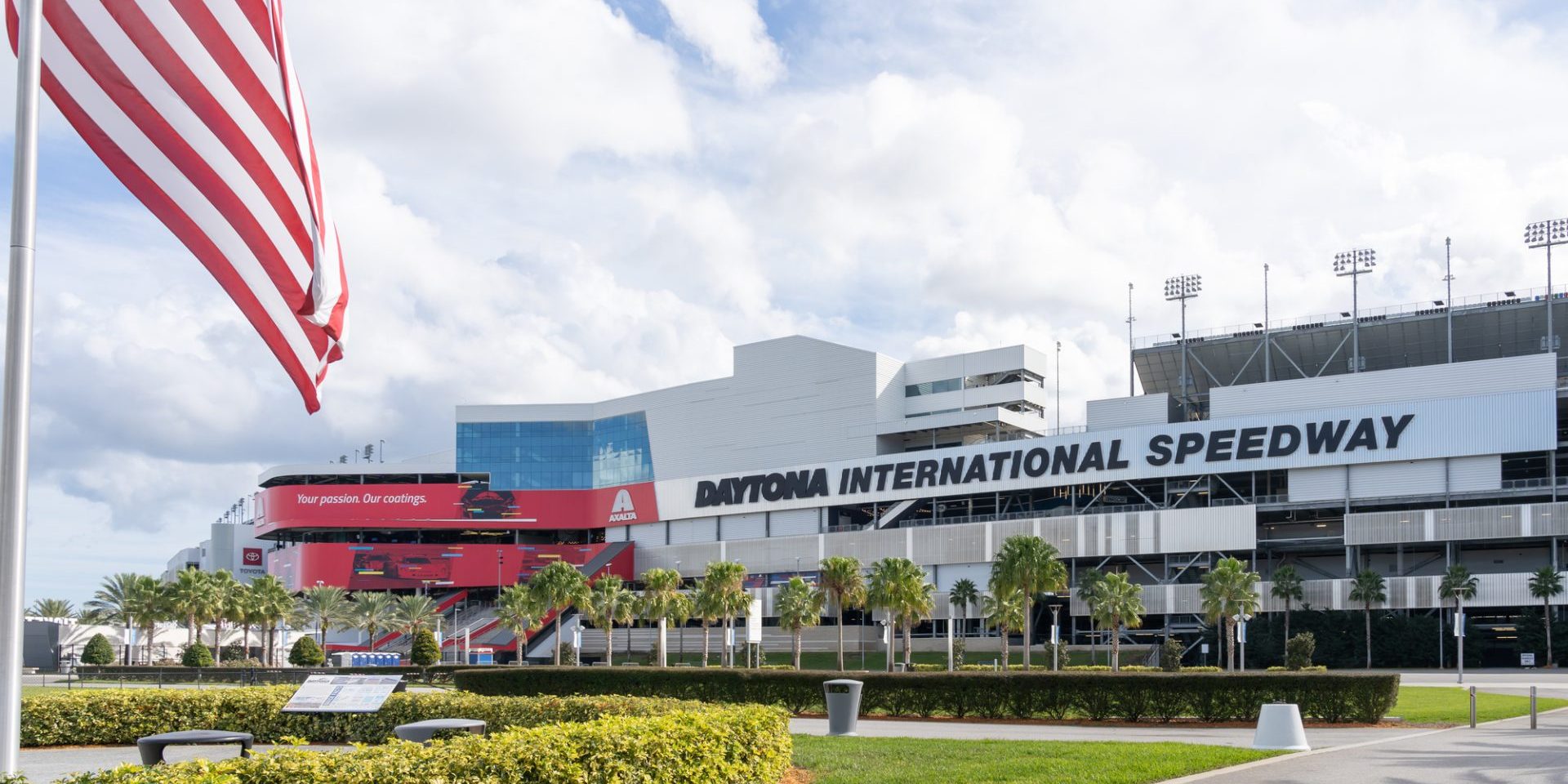
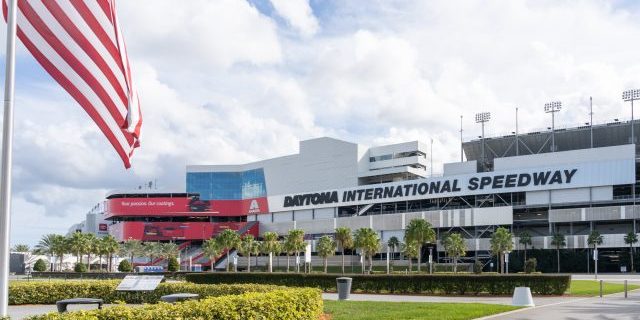
At the Daytona 500, speeds are an essential aspect of the spectacle that draws crowds every year. Commonly referred to as “The Great American Race,” the event is held at the Daytona International Speedway, a track known for its steep banks and fast racing. Cars in the NASCAR Cup Series, including those competing in the Daytona 500, are built for endurance and speed, and they often reach velocities of up to 200 mph under normal racing conditions.
The Speedway, a 2.5-mile tri-oval track, has long straights and high banks allowing for these high speeds. The drivers navigate 200 laps over the course of the 500-mile race, and the conditions of the track can greatly affect their average speed, with the potential to push the limits of their vehicles’ capabilities. Despite regulations to ensure safety, such as restrictor plates designed to limit engine power, the race continues to be one of the fastest events in the NASCAR season.
Table of Contents
History and Significance
The Daytona 500 is a cornerstone event in professional stock car racing, dating back to its inaugural run in 1959. It has consistently set benchmarks for speed and competition in the sport.
Origins and Historical Milestones
The origins of the Daytona 500 trace back to the early days of racing on the sands of Daytona Beach, where drivers competed on a course that combined the beach and the road. This transitioned to a purpose-built speedway in 1959, when NASCAR founder Bill France created the Daytona International Speedway, featuring high banks for faster and more dynamic racing. The first Daytona 500 took place on February 22, 1959, marking the commencement of what would become a legendary race in the NASCAR series.
- 1959: Lee Petty wins the inaugural Daytona 500 after a photo-finish with Johnny Beauchamp.
Legendary Figures and Wins
The Daytona 500 has been graced by some of the most significant figures in racing, including members of the renowned Petty family. Lee Petty, patriarch of Petty Enterprises, claimed victory at the first Daytona 500. His son, Richard Petty, also known as “The King,” has amassed a record seven wins at the Daytona 500, cementing the Petty legacy in NASCAR history. The race winners are awarded the Harley J. Earl Trophy, named in honor of the influential American automotive designer.
- Petty Enterprises: A dominant force with Richard Petty securing seven victories.
- Harley J. Earl Trophy: The coveted award given to the Daytona 500 winners.
Race Mechanics and Structure
This section breaks down the complexities of the Daytona 500, focusing on its segmented race format, the process determining the starting lineup, and the strategy behind pit stops and caution periods.
Race Stages and Laps
The Daytona 500 is divided into three main stages, with Stage 1 and Stage 2 consisting of 65 laps each, and the Final Stage covering 70 laps. This structure, tailoring to a total of 200 laps, guarantees intermittent points for drivers and heightens the competitive edge throughout the race.
- Stage 1: 65 laps (Lap 1-65)
- Stage 2: 65 laps (Lap 66-130)
- Final Stage: 70 laps (Lap 131-200)
Each stage commences with a green flag, signaling the start or resumption of the race.
Qualifying Races and Starting Lineup
Qualifying races, namely the Duels at Daytona, play a pivotal role in setting the starting lineup for the Daytona 500. Drivers compete in two separate races, and the results from these Duels determine the order of the lineup, with the fastest qualifiers securing front row positions.
- Duel 1 affects the inside row.
- Duel 2 affects the outside row.
The performance in these races is crucial, as it influences the driver’s starting spot on race day.
Pit Stop Strategies and Caution Flags
Pit stops and caution flags are strategic elements that can alter the course of the race. Teams must craft meticulous pit strategies to manage fuel, tires, and repairs, as each stop can significantly affect track position.
In the event of an accident or hazardous conditions, caution flags are waved, slowing the race pace and permitting drivers to make pit stops without losing much ground. The usage of caution periods can drastically change race dynamics, providing opportunities for strategic maneuvers.
The Speedway and Experience
At Daytona International Speedway, attendees witness the thrilling pace of NASCAR vehicles circling the 2.5-mile track, complemented by engaging fan experiences and comprehensive amenities.
Daytona International Speedway Features
Daytona International Speedway, located in Daytona Beach, Florida, is home to the renowned Daytona 500. The track is 2.5 miles long, with a tri-oval shape and 31-degree banking in the turns, facilitating high speeds that NASCAR vehicles are known for during the race. The infield of the speedway offers additional attractions, including camping areas for fans who wish to immerse themselves in the event’s vibrant atmosphere throughout the race weekend.
- Track Length: 2.5 miles
- Banking: 31 degrees in turns
- Infield: Camping areas and fan attractions
Fan Experience and Entertainment
The race is more than just a competition; it’s a spectacle of fan engagement and entertainment. Attendees can enjoy pre-race concerts, meet-and-greets with drivers, and interactive displays. The Speedway provides plenty of entertainment options, ensuring that fans of all ages are entertained throughout their stay. The emphasis on security ensures that the event remains safe and enjoyable for everyone.
- Pre-Race Events: Concerts, driver meet-and-greets
- Entertainment Options: Interactive displays, family-friendly activities
- Security: Strict measures for a safe environment
Tickets and Attendance
Securing a ticket to the Daytona 500 offers fans access to one of racing’s most storied events. Attendance can reach substantial numbers, with tens of thousands of fans converging on the track on race day. Various ticket options are available, ranging from grandstand seating to infield passes, providing flexibility for different preferences and budgets.
- Ticket Types: Grandstand seating, infield passes, VIP experiences
- Attendance: High, with extensive fan turnout
- Accessibility: Options for diverse budgets and preferences
Teams and Drivers
In the adrenaline-charged environment of the Daytona 500, teams and drivers play pivotal roles. This section explores the key competitors and the strategic nuances of team dynamics that influence their performance on the track.
Notable Competitors
Denny Hamlin of 23XI Racing is often hailed as a formidable force at the Daytona 500, boasting multiple top finishes and intense on-track presence. His experience and skill are assets to his team. Kyle Busch, previously with Joe Gibbs Racing and known for his competitive edge and numerous NASCAR victories, brings expertise and strategy to the table. Chase Elliott, well-regarded both on and off the track, remains one of motorsport’s most adept drivers, often central to his team’s Daytona 500 strategy.
Team Composition and Strategies
Teams in the Daytona 500 consist of not only skilled drivers but also an ensemble of strategists, engineers, and pit crew members—a collective unit whose coordination can be decisive in a race.
- 23XI Racing: Focuses on leveraging Denny Hamlin’s experience and past performances to optimize car setup and race strategy.
- Joe Gibbs Racing: Renowned for their comprehensive approach, they integrate data analysis and teamwork to enhance their drivers’ chances, historically resulting in strong showings at Daytona.
- Hendrick Motorsports (Chase Elliott’s team): Prioritizes innovation in car engineering and pit stop efficiency, elements critical to gaining and maintaining lead positions in the race.
Through their collective efforts, teams aim to synchronize driver skill and vehicle performance—each playing a critical role in the pursuit of speed and victory at the Daytona 500.
Technology and Performance
The Daytona 500 showcases a blend of advanced vehicle design and race-dynamic technology that contributes to the impressive performance of the cars on the superspeedway.
Vehicle Design and Engineering
Daytona 500 stock cars are engineered to achieve optimal speeds and handling. These cars, known as the “Next Gen” car, feature advancements in aerodynamics, engine performance, and safety. Modern vehicle design includes a careful consideration of aerodynamic elements, reducing drag and allowing cars to slice through air with greater efficiency. Engine power is significant, as the engines are built to endure high speeds of around 200 mph. Drafting plays a pivotal role in race strategy, where cars align in close proximity to reduce air resistance and increase speed.
Speed Records and Race Dynamics
Throughout the history of the Daytona 500, the technology embedded in these race cars, combined with driver skill, has pushed the boundaries of speed. However, the introduction of restrictor plates was a pivotal change, implemented to cap the top speeds for safety reasons. These plates limit the airflow to the engine, effectively controlling the maximum speed of the cars. Despite this, drivers and teams continuously fine-tune their cars within these restrictions to gain a competitive edge. The combination of superspeedway design, vehicle technology, and race strategy underscores the performance seen at the Daytona 500.
Media and Cultural Impact
The Daytona 500 has had a significant effect on media and culture, engaging millions through broadcast coverage and often intersecting with presidential appearances and pop culture.
Broadcast Coverage and Ratings
Fox has been a key broadcaster of the Daytona 500, typically seeing high television ratings for the event. MRN (Motor Racing Network) also provides radio coverage, extending the race’s reach. The broadcast delivers the thrill of the race to a global audience, highlighted by high-definition visuals and gripping commentary that showcases the speed and skill of the drivers.
Presidential Visits and Pop Culture
Presidents have been known to attend the Daytona 500, reflecting its importance on the national stage. President Donald Trump visited the Daytona International Speedway in 2020, serving as the Grand Marshal and further solidifying the race’s cultural significance. Additionally, celebrities like Tiffany Haddish have been involved, demonstrating the race’s appeal beyond traditional motorsports fans and into broader pop culture.

